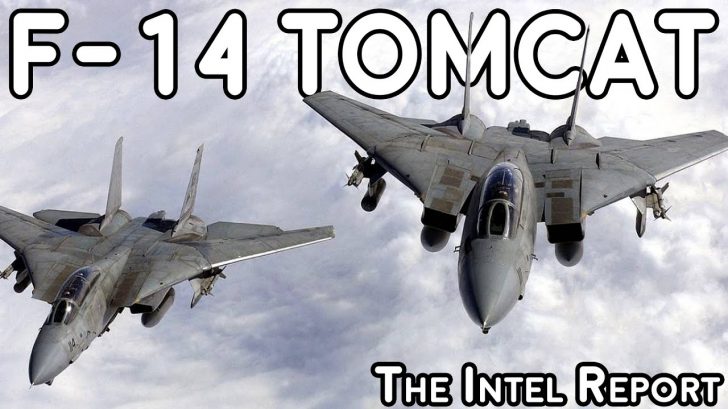We all know that the F-14 Tomcat is one of the greatest fighter aircraft ever built. Developed by Grumman in the late 1960s, the Tomcat first entered service with the US Navy in 1974. Over the years, it has proven to be a versatile and reliable aircraft, capable of performing a wide range of missions – even including fictional ones.
A Capable Fighter
Tomcats are exceptionally capable air-to-air fighters. Equipped with long-range radar and advanced avionics, the F-14 is capable of detecting and engaging enemy aircraft at extended ranges.
Its AIM-54 Phoenix missile system can engage targets at ranges of up to 100 miles, making it one of the most powerful air-to-air missile systems ever developed. The combination of the AIM-54 and the AN/AWG-9 radar ultimately led to the first aerial weapons system that could simultaneously engage multiple targets in the US.
Advanced Avionics
One of the most significant advances in the F-14’s avionics was the introduction of the AN/AWG-9 radar system, which was one of the most advanced airborne radar systems of its time. The AN/AWG-9 radar system had a range of up to 200 nautical miles and could track up to 24 targets simultaneously. It also featured a powerful computer system that could analyze and prioritize targets based on their threat level.
Another important feature was the Tactical Airborne Reconnaissance Pod System (TARPS), which was a specialized pod that could be attached to the aircraft’s underside. The TARPS pod contained advanced imaging and sensor equipment that could provide high-resolution imagery and other data on enemy targets.
Effective All-Around
In addition to its air-to-air capabilities, the F-14 Tomcat is also an effective ground attack aircraft. Its ability to carry a wide range of bombs and missiles allows it to strike ground targets with precision and accuracy. During the Gulf War, F-14s were used to strike Iraqi ground targets, including air defenses and command and control facilities.
Impeccable Wing Design
One of the key features of the F-14 Tomcat is its variable-sweep wing design. At low speeds, the wings can be swept forward to increase lift and maneuverability, while at high speeds they can be swept back to reduce drag and increase speed.
The variable-sweep wing design also allows the F-14 to operate from a variety of aircraft carriers. The aircraft’s wings can be swept back for storage on the carrier deck, allowing more planes to be parked in a smaller space. When parked, the wings can be “overswept” to 75° to overlap the horizontal stabilizers to save deck space aboard carriers.
Movie Star
The F-14 Tomcat’s legacy is also tied to its role in popular culture. The aircraft was featured prominently in the movie “Top Gun,” which helped to elevate its status in the public consciousness. The movie’s iconic aerial dogfight scenes helped showcase the F-14’s capabilities and helped cement its place in aviation history.
Its success would also create a ton of interest in naval aviation. So successful, in fact, that the US Navy set up recruitment desks outside of some theaters!



